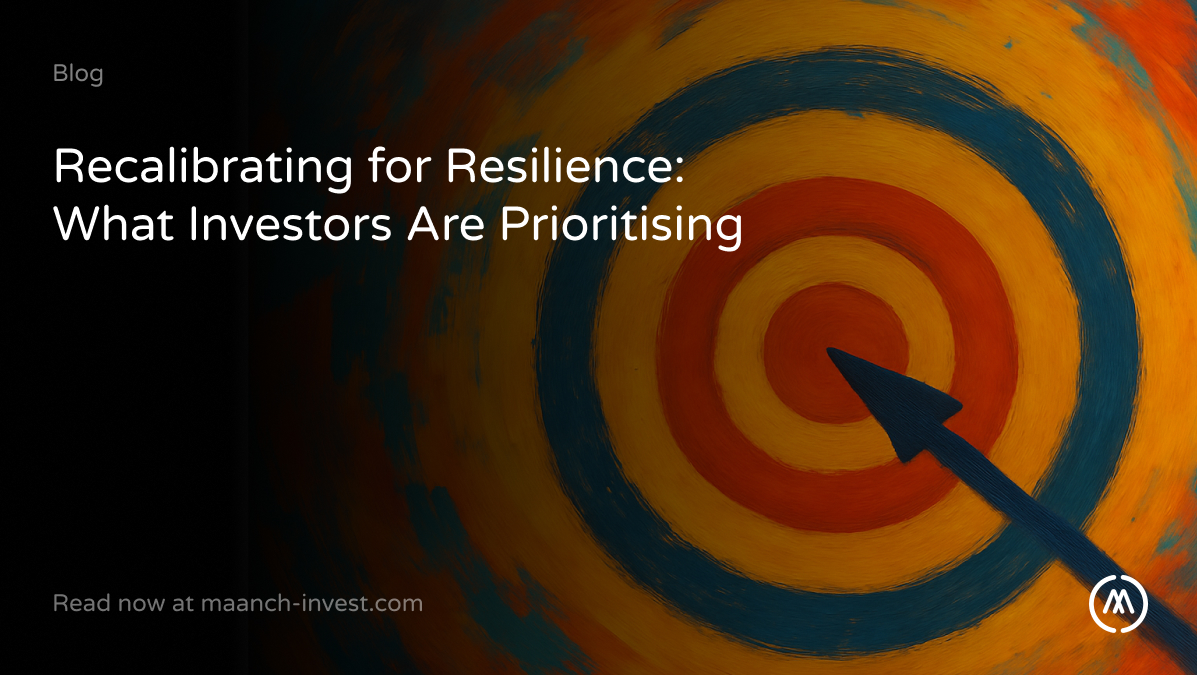What is Divestment?
Many investors and asset managers are looking to invest in companies compliant with ESG goals for higher engagement. However, in today’s world, large investors are taking strong measures like divesting from portfolio companies that fail to meet ESG criteria.
For example, a large asset firm taking divestment seriously is Aviva Investors, which the firm hopes to achieve net-zero scope 3 emissions by 2050. As Colin Purdie, Chief Investor Office at Credit for Aviva Investors says, “Pockets of green finance do not go far enough. Creditors must act decisively and collaboratively to embed sustainable principles across the market, from large public companies to smaller, private high-yield issuers.”
Furthermore, the Campaign to Unload encourages investors to divest from gun manufacturers. As a result, it aims “to hit back at irresponsible gunmakers where it hurts: their sources of funding.” However, reducing funding may be ineffective. This is because most gun manufacturers make revenue from selling guns, not from selling stocks.
Talk of divestment is growing, but there is also a pressing debate as to whether or not it’s the most effective way to create change. Instead, engagament could be the better answer.
How Effective Is Divestment?
Despite the ever-growing list of asset managers and investors paving the way for divestment, others see this route as ineffective at making a real change. Instead, asset managers are now seeing engagement as an effective strategy to create positive impact.
The rationale to divest in portfolio companies is to attract high-quality engagements, according to asset managers like Greta Fearman for Actiam. She believes that while it’s important to keep engagement potential open, it’s equally important to invest in companies that will be future leaders. As a result, Fearman and others see divestment as a good way to reach ESG benefits hence the need to divest.
However, according to a 2020 study on engagement vs divestment, Trento, Harvard and Chicago university professors concluded that “exit is less effective than voice in pushing firms to act in a socially responsible manner”. This may be because asset managers are not certain or guaranteed that portfolio companies will enact any desired ESG goals.
As a result, divestment as a way to filter out low engagements removes the possibility of gaining engagements in the long run, if at all. James Alexander, Chief Executive of the UK Sustainable Investment and Finance Association (UKSIF) summarised divesting as: “You’re just throwing trash across the fence.”
Is Engagement A More Effective Strategy?
Alternatively, engagement encourages investors to change portfolio companies for the better towards achieving ESG metrics. Maanch has already written a case study on how ExxonMobil was influenced by an engagement campaign, and how effective it was.
As claimed by Michael Cappucci, Senior Vice President of Sustainable Investing at Harvard Management Company, “there is (a lot) of evidence that engagement can be very effective in improving the incentives and performance of companies on a number of different factors, including things like ESG.”
More importantly, there is further evidence to suggest that if shareholders coordinate their engagements, rather than creating engagements individually, changing a portfolio company’s activities to achieve ESG metrics goes up by a quarter.
So while divestment affects share prices momentarily, engagement builds long-term solutions to an already long-term problem.
What Can Be Done To Track Engagement?
Even though the evidence shows that engagement is a more effective strategy for enacting change, engagement tracking can still be a problem for investors.
Investors face a common problem. Fragmented data sources, inefficient communication and difficulty in tracking progress are just a few examples.
However, with digital solutions becoming ever more prevalent, the answer lies in tech. It is easier than ever before to create an ESG strategy and track ESG metrics, simply by embracing new technology in SaaS and digital dashboards.
Maanch’s new Engagement Tracker tool is built to optimise ESG Engagements with portfolio companies. Click here to book a demo.




